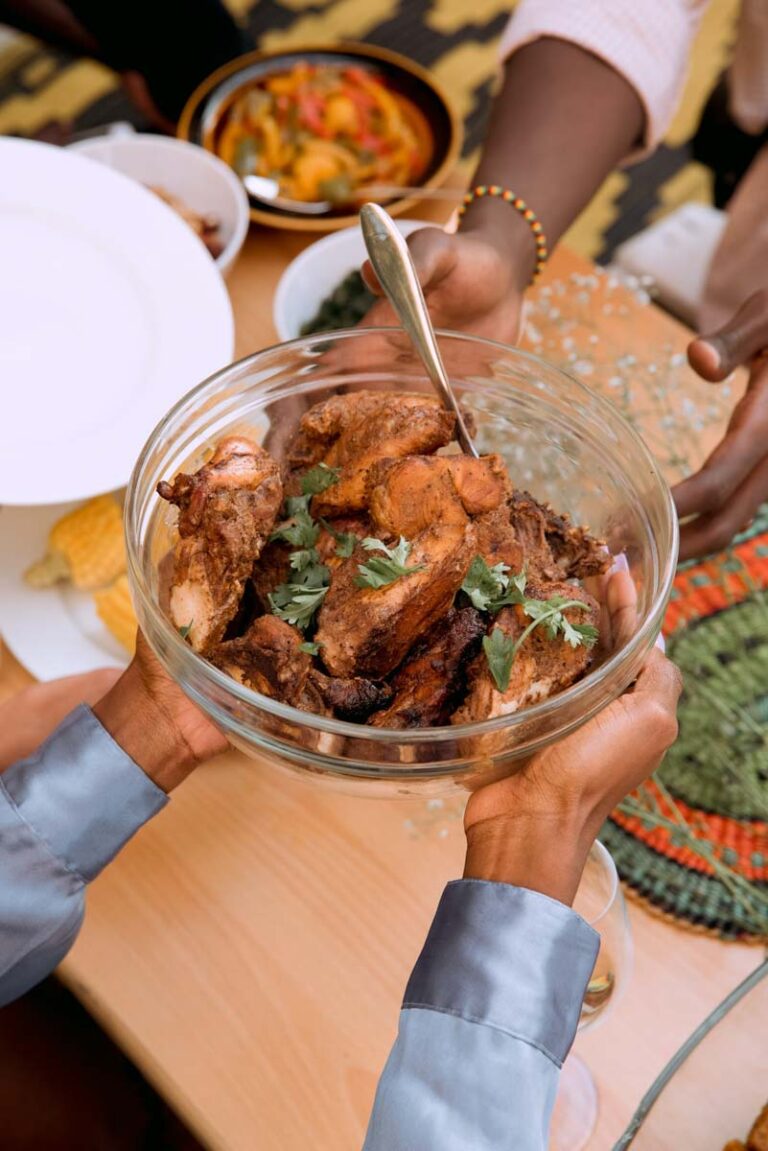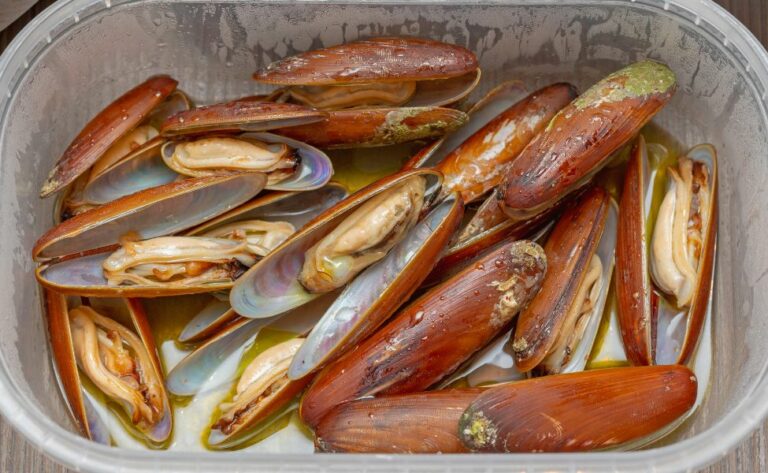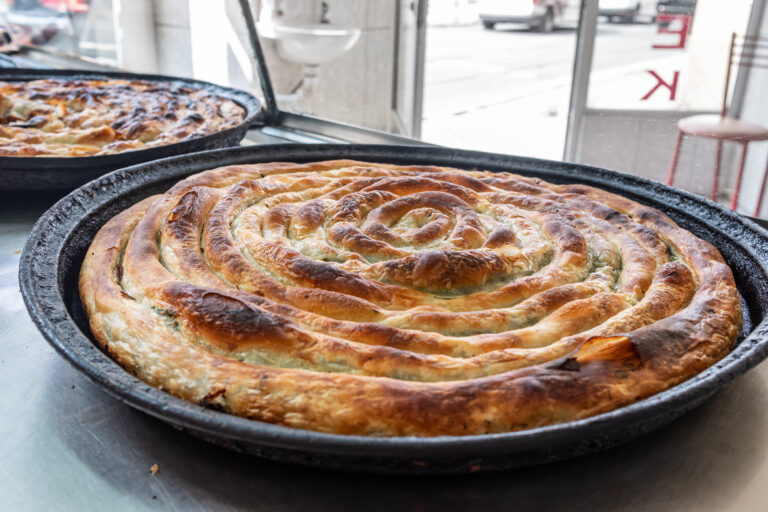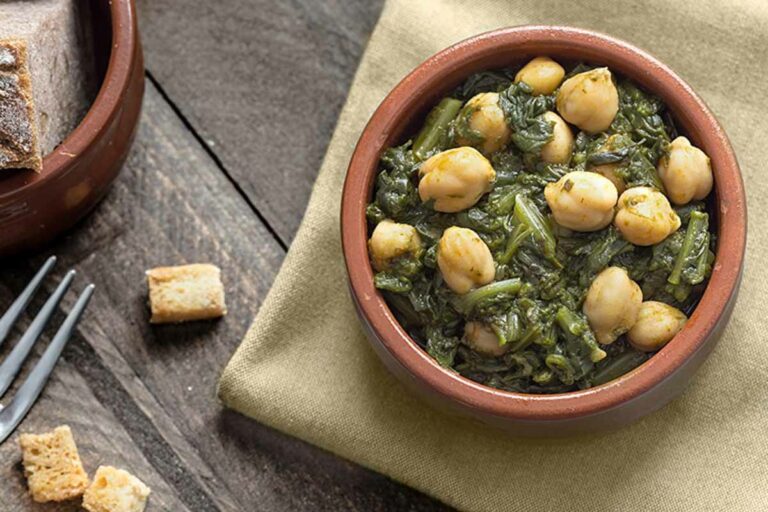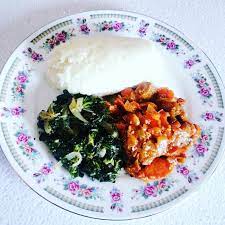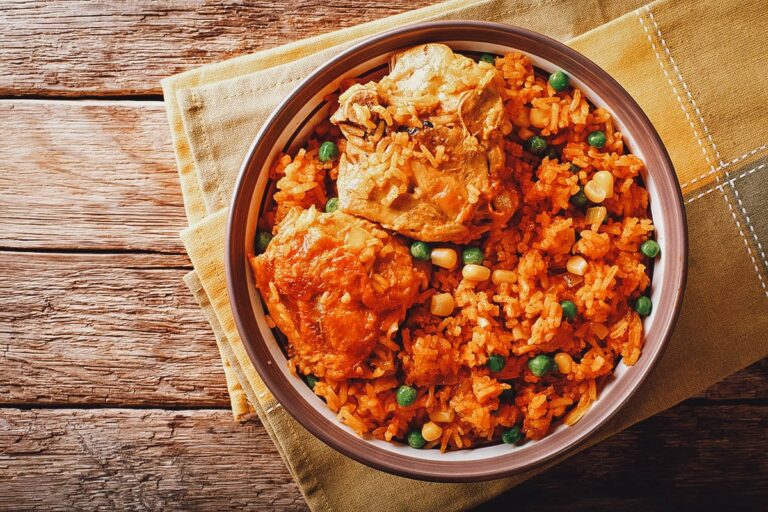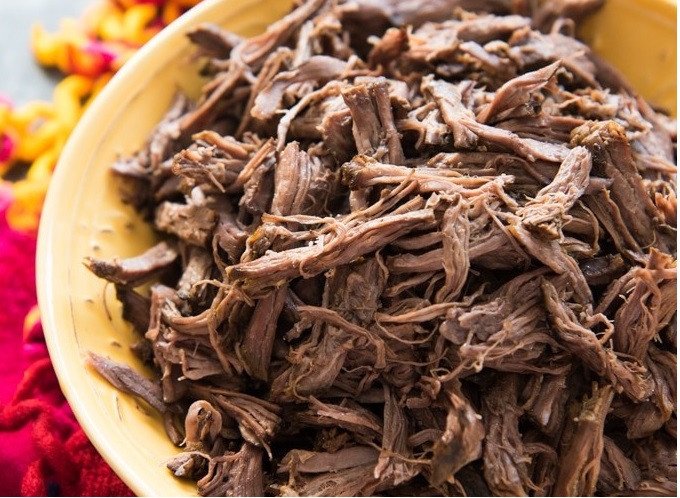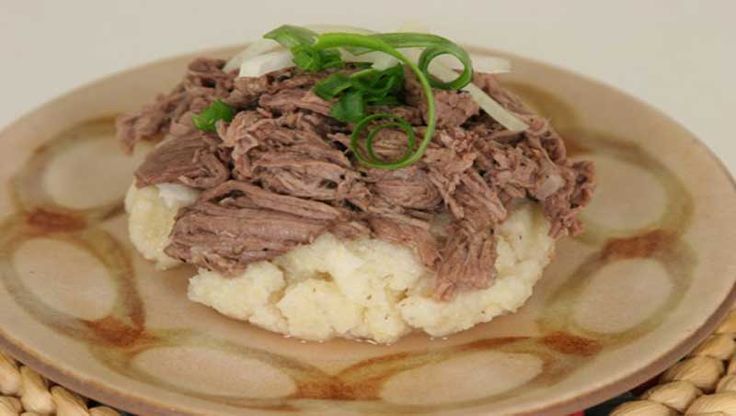Introduction: Botswana cuisine
Botswana cuisine is a blend of traditional African flavors and Western influences. The country’s cuisine is known for its use of local ingredients, such as sorghum, millet, maize, and beef. Botswana’s climate and geography have influenced its cuisine, with dishes that are hearty and filling, perfect for the country’s hot and dry climate. Botswana’s cuisine is diverse and flavorful, and it has something to offer for everyone.
Sorghum-based porridges and breads
Sorghum is a staple in Botswana’s cuisine, and it is used to make a variety of dishes, including porridges and breads. One of the most popular porridges is called “pap,” which is made from ground-up sorghum grains. It is usually served with a stew or sauce, and it is a filling and inexpensive meal. Another popular dish is “bojalwa ja setlhodi,” made from sorghum flour and water, and it is often served with meat or vegetables. Sorghum is also used to make bread, such as “diphaphatha,” a soft, chewy bread that is often served with a meat stew.
Seswaa: Botswana’s national dish
Seswaa is Botswana’s national dish, and it is a hearty meat stew that is made from beef or goat. The meat is cooked until it is tender and then shredded into small pieces. The stew is seasoned with salt and pepper, and it is usually served with pap or boiled sorghum. Seswaa is a simple but delicious dish that is a staple in Botswana’s cuisine.
Mopane worms: a local delicacy
Mopane worms are a local delicacy in Botswana, and they are often served as a snack or added to stews and soups. The worms are harvested from mopane trees, and they are high in protein and other nutrients. Mopane worms are usually dried or smoked before they are eaten, and they have a crunchy texture and a nutty flavor.
Beef dishes: from stew to dried meat
Beef is a staple in Botswana’s cuisine, and there are many dishes that are made with beef. One of the most popular dishes is “biltong,” which is dried beef that is seasoned with spices and salt. Biltong is a popular snack, and it is often eaten on its own or added to stews and soups. Another popular dish is “serobe,” which is made from the tripe, intestines, and other organs of a cow. The organs are cooked until they are tender, and they are seasoned with salt, pepper, and other spices.
Vegetable dishes: morogo and lepallo
Morogo is a spinach-like vegetable that is a popular side dish in Botswana’s cuisine. It is usually cooked with onions, tomatoes, and other spices, and it is often served with meat or pap. Lepallo is a dish made from pumpkin leaves, and it is similar to morogo. It is often cooked with onions, tomatoes, and other spices, and it is a popular side dish in Botswana’s cuisine.
Dairy products: from milk to sour milk
Dairy products are a staple in Botswana’s cuisine, and they are used in many dishes. Milk is used to make porridges and sauces, and it is often added to tea and coffee. Sour milk, also known as “maas,” is a fermented milk product that is used to make a variety of dishes, including dumplings and stews.
Desserts and beverages: from phaphatha to ginger beer
Phaphatha is a sweet, fried bread that is often served with tea or coffee, and it is a popular dessert in Botswana’s cuisine. Seswaa can also be served as a dessert, with the addition of sugar and milk. Ginger beer is a popular beverage in Botswana, and it is made from fresh ginger, sugar, and water. It is a refreshing drink that is often served at social gatherings and events.

